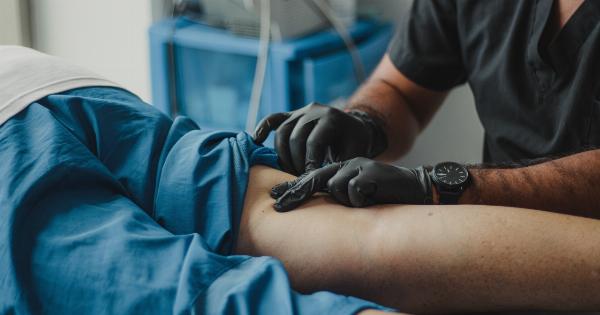The ability to communicate is a fundamental human right. However, for some individuals, communication is a daily struggle.
People with speech impairments may find it challenging to express their thoughts and feelings clearly, which can cause frustration and isolation. Fortunately, new technological advancements have created a solution that allows speech-impaired individuals to communicate more effectively.
Introduction to Augmentative and Alternative Communication (AAC)
Augmentative and Alternative Communication (AAC) is the use of technology to enhance communication for individuals with speech impairments. AAC includes tools and techniques that support or replace verbal communication.
An AAC device can be low-tech, such as a picture board, or high-tech, such as a tablet with a voice synthesizer. AAC devices can be used to help those with various types of communication difficulties, including aphasia, cerebral palsy, and autism.
The Limitations of Current AAC Devices
While there are many AAC devices available in the market today, most are not ideal for everyday use. They can be expensive, bulky, and complicated to use. Additionally, AAC devices might require customization, which can be time-consuming and expensive.
Some people find it challenging to learn how to use AAC devices, and others might have fine motor coordination difficulties, making it hard to use buttons, touchscreens, or keyboards.
The Development of a Wearable AAC Device
A team of researchers at the University of Washington has developed a wearable AAC device that allows speech-impaired individuals to communicate with ease.
The device, named FingerTalk, has a set of sensors that are placed on the user’s wrist, which can detect hand movements. When the user moves their fingers, the device translates the movements into speech. FingerTalk is portable, easy to use, and affordable. It aims to provide speech-impaired individuals with a solution that they can use independently and discreetly.
How Does FingerTalk Work?
FingerTalk uses wearable sensor technology to detect hand gestures and translate them into sentences that are spoken aloud. The wristband has four sensors that track the movement of the fingers, and a microcontroller that processes the data.
When the user makes a gesture, the microcontroller recognizes it and sends the information to a speaker that vocalizes the corresponding word or sentence. The system can be programmed to recognize specific gestures and assign them custom meanings. This means that the user can personalize their FingerTalk device to suit their needs, preferences, and communication style.
The Benefits of FingerTalk
FingerTalk is a game-changer for individuals with speech impairments. The device provides them with more independence, greater privacy, and better communication. Some of the benefits of FingerTalk include:.
- Affordable: FingerTalk is much cheaper than other AAC devices, making it more accessible to those who need it.
- Portable: FingerTalk is small and lightweight, so it can be worn on the wrist throughout the day, allowing users to communicate on the go.
- Customizable: The device can be programmed to recognize gestures specific to the user’s needs and preferences, resulting in a more personalized communication experience.
- Discreet: Because FingerTalk is worn like a wristband, it is less conspicuous than other AAC devices, providing more privacy for the user.
- Easy to use: As there are no buttons or keyboards to operate, FingerTalk is easy to use for all ages, regardless of fine motor skill ability.
The Future of AAC
New technological developments have improved the quality of life for people with disabilities, including those with speech impairments.
Advances in wearable sensor technology and voice recognition software have revolutionized the way people connect and communicate. The development of FingerTalk shows that there is still an abundance of opportunities to create innovative solutions for individuals with speech impairments.
As AAC technology continues to evolve, more people will gain access to tools that enable them to express their thoughts and feelings with greater ease.
The Importance of AAC Research
AAC research is critical to ensure that people with speech impairments have access to the best possible communication tools and techniques.
Research into AAC devices can lead to more advanced technologies that are cheaper, more efficient, and easier to use. Additionally, AAC research can help to develop a better understanding of communication and language, which can benefit everyone, not just those with speech impairments.
The Bottom Line
FingerTalk is a groundbreaking AAC device that can make a significant difference in the lives of speech-impaired individuals.
The device is portable, discreet, customizable, and affordable, providing users with greater independence and improved communication. As technology continues to advance, it is exciting to see how AAC devices like FingerTalk will continue to evolve, changing the way we communicate and connect.






























